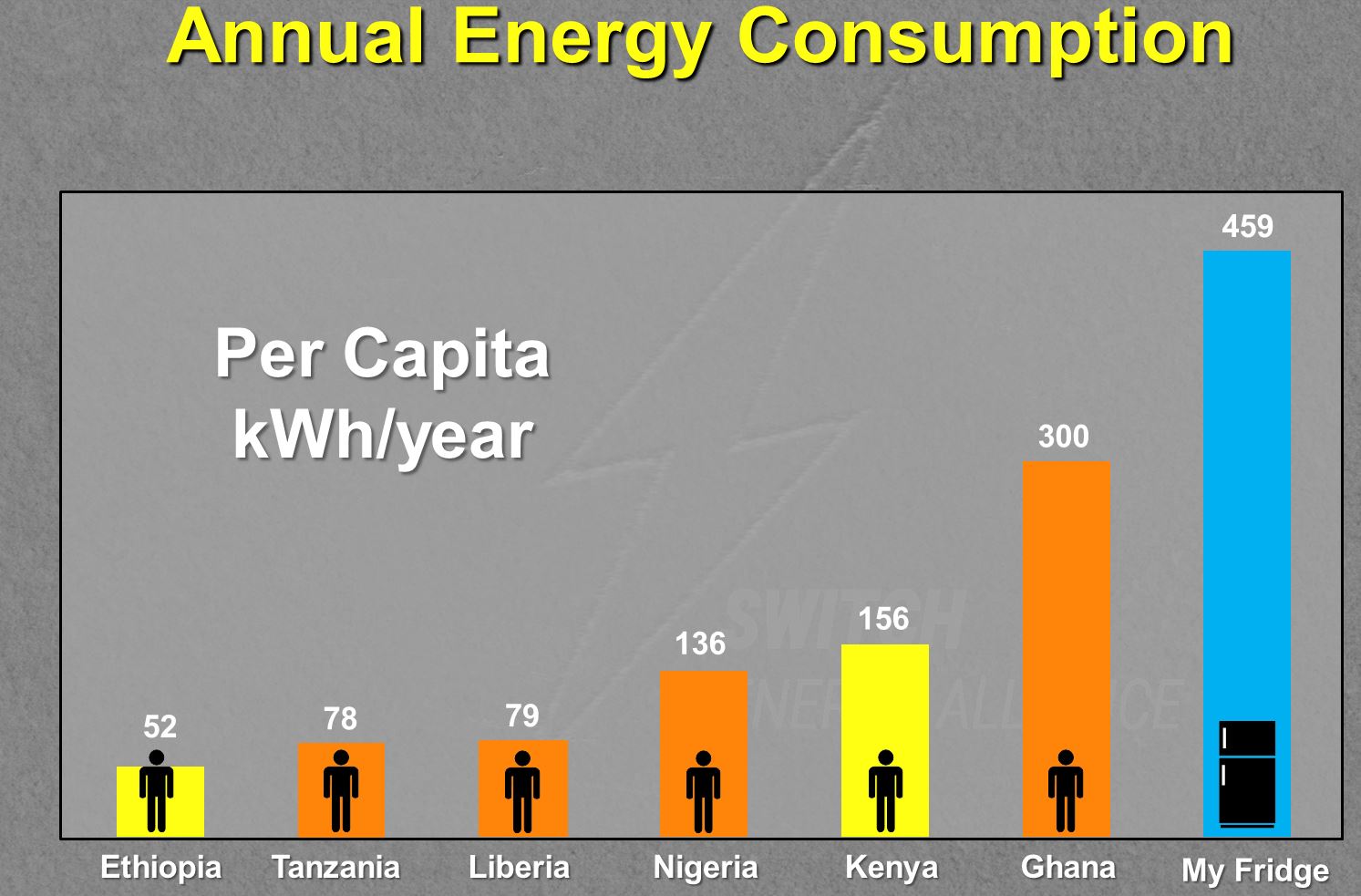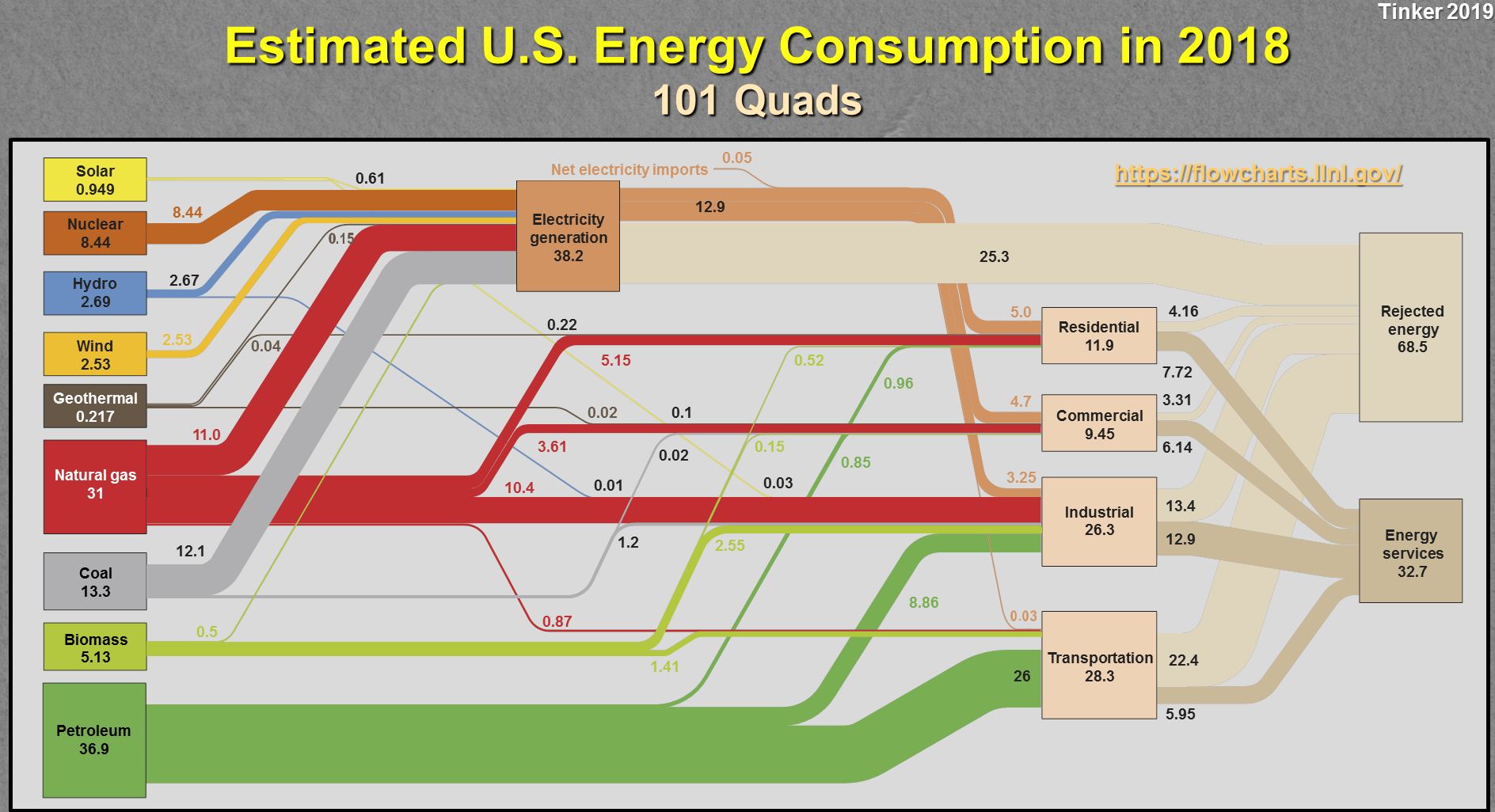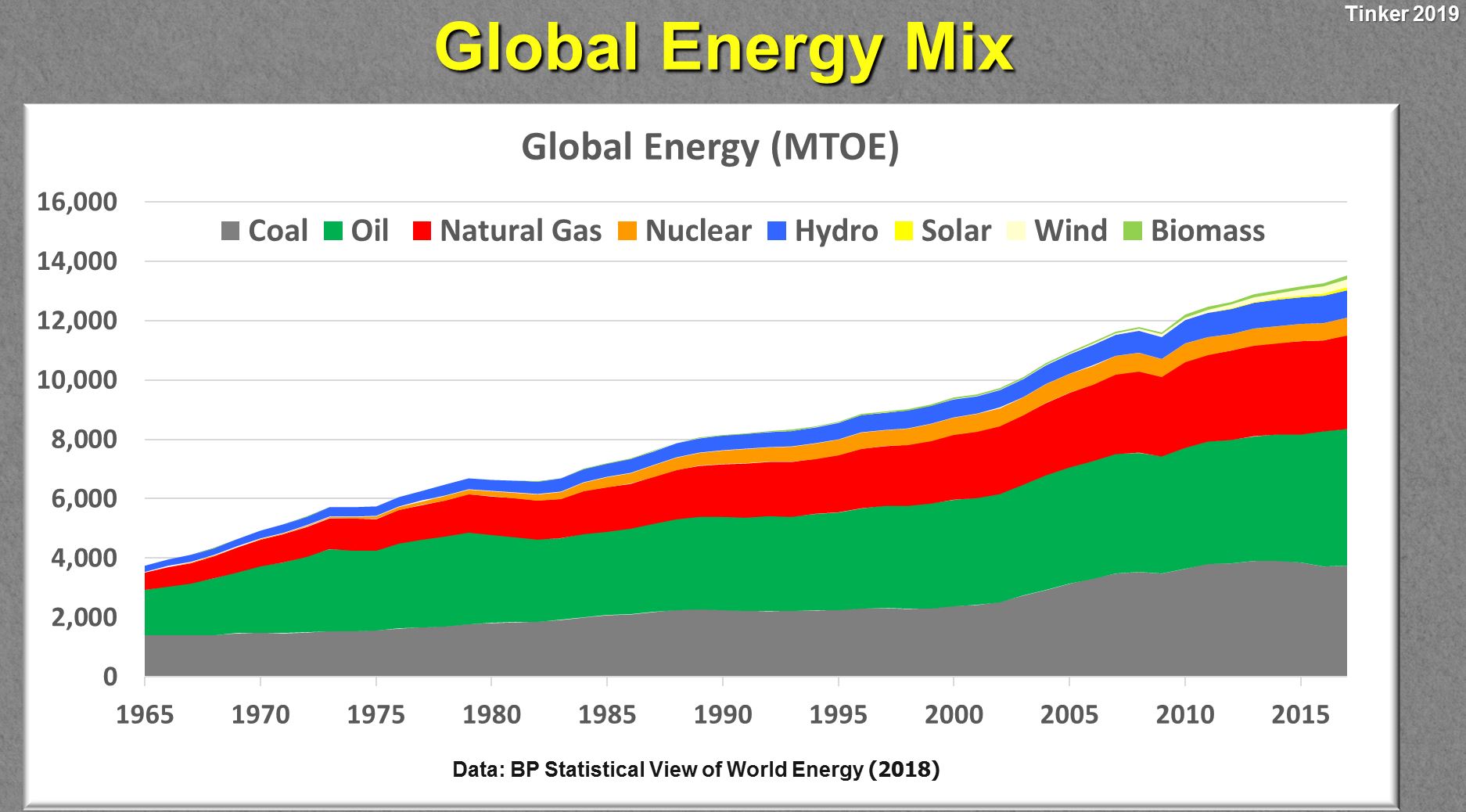A U.S. District Court in Arkansas decided a case in 2016 that a client sent me, Whisenhunt Investments, LLC v. Exxon Mobil Corp., 2016 WL 7494266, No. 4:13cv00656 JM, Eastern District of Arkansas, Western Division, raising an interesting issue on post-production costs.
Arkansas has forced pooling. The forced pooling statute provides that
One-eighth (1/8) of all gas sold … from any such unit shall be considered royalty gas, and the net proceeds received from the sale thereof shall be distributed to the owners of the marketable title in and to the leasehold royalty and royalty …. Payment of one-eighth (1/8) of the revenue realized from the sale of gas as provided in this section shall fully discharge all obligations of the operator and other working interest owners with respect to the payment of one-eighth (1/8) leasehold royalty or royalty … Nothing contained in this section shall affect the obligations of working interest owners with respect to the payment of royalties, overriding royalties, production payments, or similar interests in excess of the one-eighth (1/8) royalty required to be distributed under this section.








